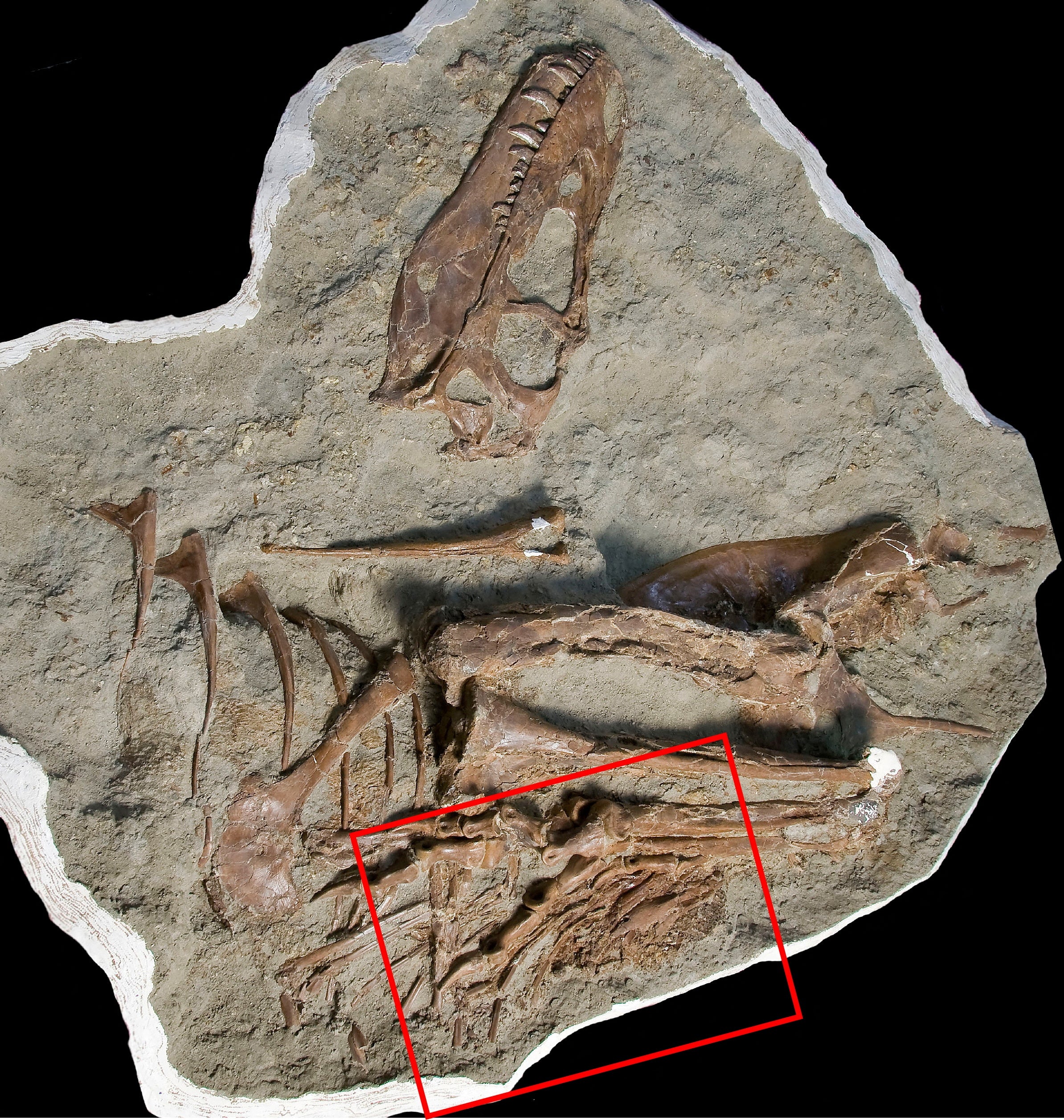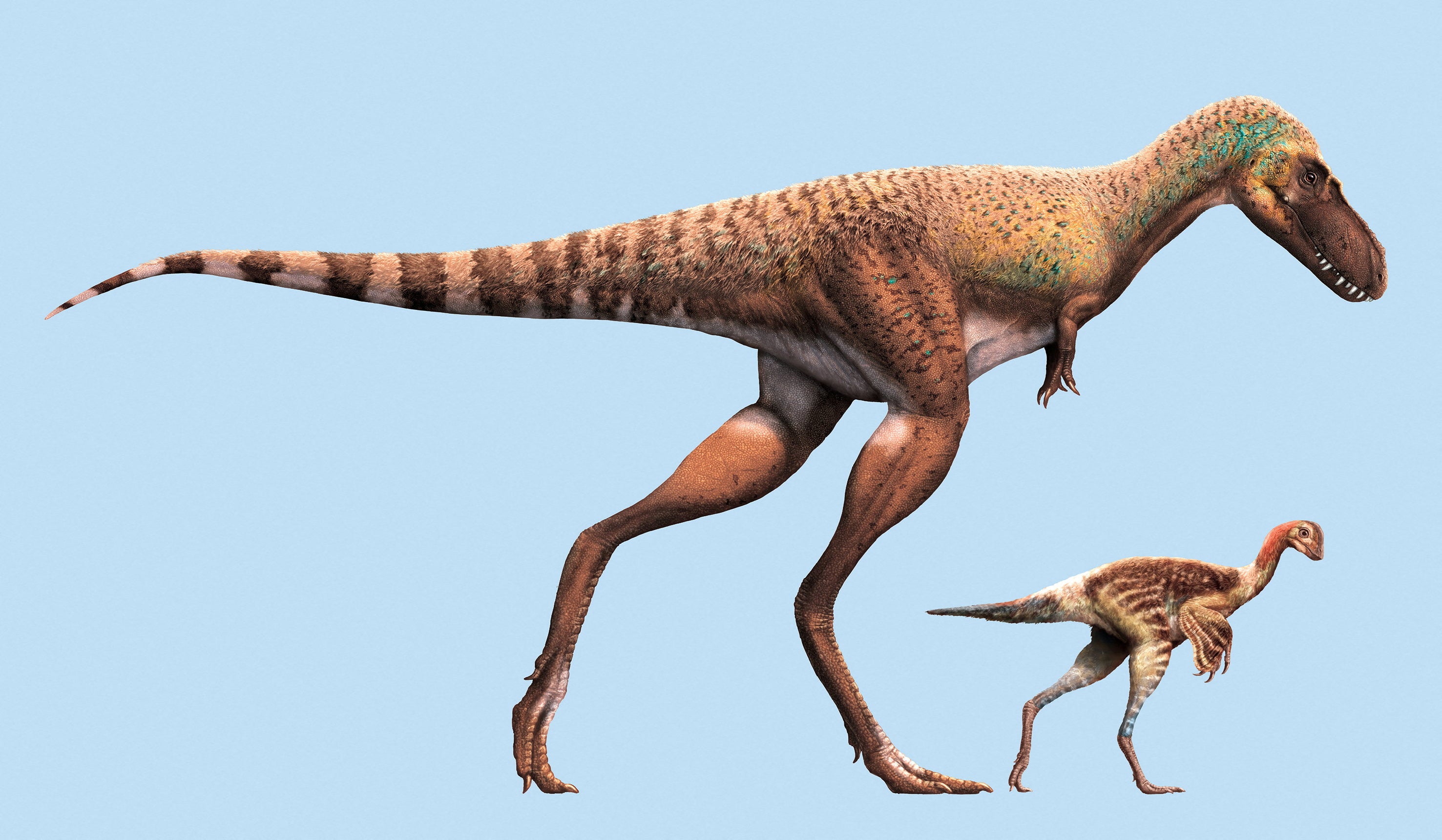Fossil of tyrannosaur from 75 million years ago reveals its final meal
Fossil originally discovered in the Alberta Badlands more than a decade ago
Your support helps us to tell the story
From reproductive rights to climate change to Big Tech, The Independent is on the ground when the story is developing. Whether it's investigating the financials of Elon Musk's pro-Trump PAC or producing our latest documentary, 'The A Word', which shines a light on the American women fighting for reproductive rights, we know how important it is to parse out the facts from the messaging.
At such a critical moment in US history, we need reporters on the ground. Your donation allows us to keep sending journalists to speak to both sides of the story.
The Independent is trusted by Americans across the entire political spectrum. And unlike many other quality news outlets, we choose not to lock Americans out of our reporting and analysis with paywalls. We believe quality journalism should be available to everyone, paid for by those who can afford it.
Your support makes all the difference.The remains of two baby dinosaurs have been discovered inside the fossil of a 75-million-year-old tyrannosaur, shedding new light on the changing diet of the ancient predators.
According to a study published in the journal Science Advances, the hind limbs of two small bird-like dinosaurs called citipes were found beneath the rib cage of a juvenile gorgosaurus, a close cousin of the Tyrannosaurus rex.
The researchers behind the study say the discovery suggests the juvenile gorgosaurus preyed on small, young dinosaurs, while earlier fossil evidence shows the adult gorgosaurus attacked and ate very large plant-eating dinosaurs, which lived in herds.

Dr Darla Zelenitsky, one of the lead scientists in the study, told the BBC the discovery is “solid evidence that tyrannosaurs drastically changed their diet as they grew up”.
She said: “We now know that these teenage (tyrannosaurs) hunted small, young dinosaurs.
“These smaller, immature tyrannosaurs were probably not ready to jump into a group of horned dinosaurs, where the adults weighed thousands of kilograms.”
The fossil was originally discovered in Canada’s Alberta Badlands in 2009, but was entombed in rock and took years to be prepared for study.

The initial discovery was made by staff at Alberta’s Royal Tyrrell Museum of Palaeontology, who spotted small toe bones protruding from the rib cage.
Dr Francois Therrien, the other lead scientist in the study, told the BBC: “The rock within the ribcage was removed to expose what was hidden inside.
“And lo and behold – the complete hind legs of two baby dinosaurs, both under a year old.”
